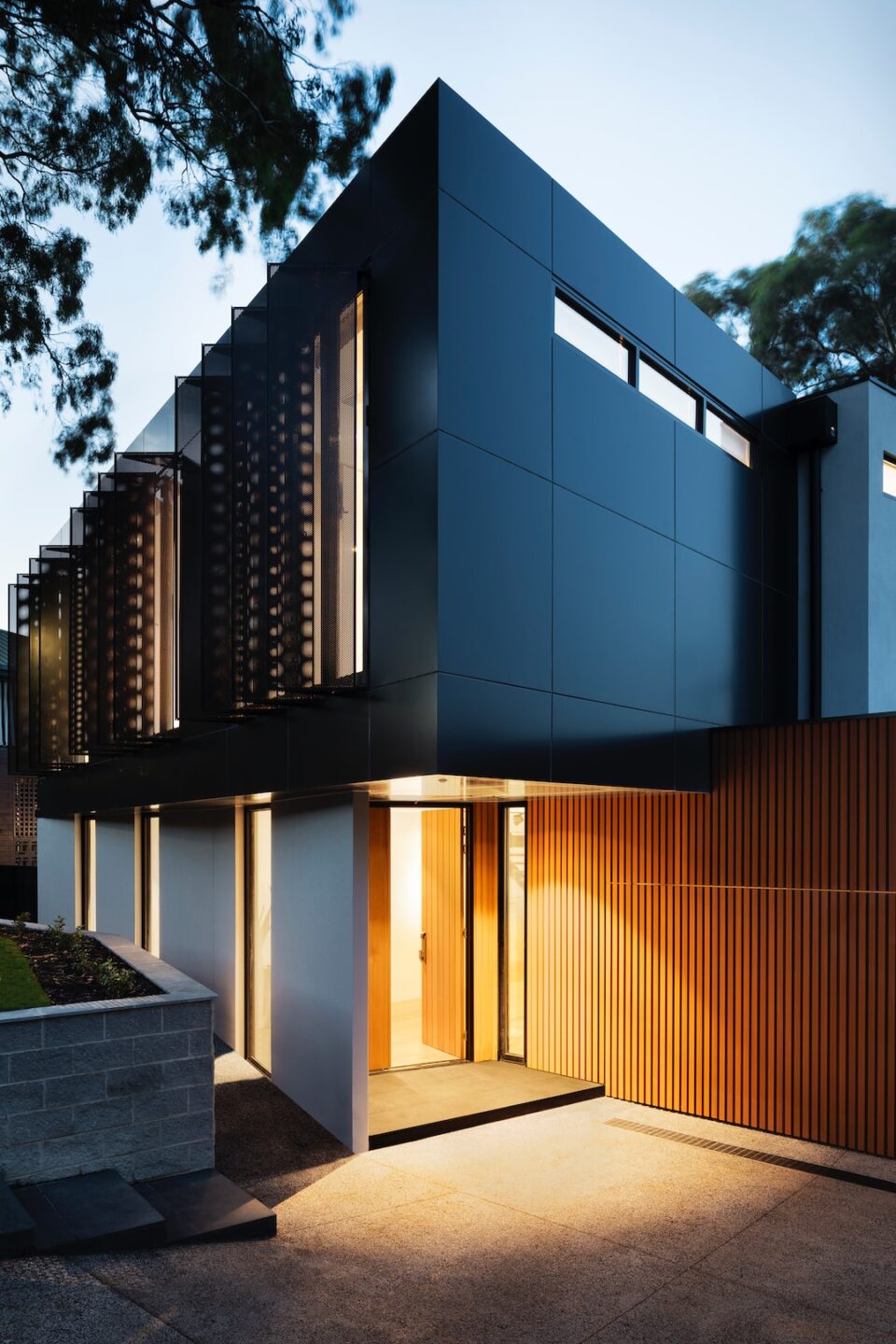In this day and age, it has become increasingly important to make environmentally-friendly choices in our daily lives. One area where we can make a significant impact is in our homes. By implementing eco-friendly upgrades, we can create a sustainable living space that not only benefits the planet but also improves our quality of life. In this blog post, we will discuss some eco-friendly upgrades for a sustainable home.
1. Solar Power: One of the most effective ways to reduce your carbon footprint is by harnessing the power of the sun. Installing solar panels on your roof allows you to generate clean energy for your home. Not only does this reduce your reliance on fossil fuels, but it can also save you money on electricity bills in the long run.
2. Energy-Efficient Appliances: Another way to reduce your energy consumption is by upgrading to energy-efficient appliances. Look for appliances with the Energy Star label, as they are designed to use less energy and water without sacrificing performance. From refrigerators to washing machines, there are energy-efficient options available for nearly every appliance in your home.
3. Efficient Insulation: Proper insulation is crucial for maintaining a comfortable temperature in your home and reducing energy waste. By insulating your walls, attic, and windows, you can prevent heat loss in the winter and heat gain in the summer. As a result, your HVAC system will work more efficiently, and you’ll be able to save on heating and cooling costs.
4. LED Lighting: Lighting accounts for a significant portion of energy consumption in a typical household. Make the switch to LED lights, as they use up to 80% less energy than traditional incandescent bulbs. LED lights also last longer, meaning you won’t have to replace them as frequently, further reducing waste.
5. Low-Flow Fixtures: Water conservation is equally important for a sustainable home. Install low-flow showerheads and faucets to reduce water usage without compromising water pressure. Dual-flush toilets are also a great option, as they give you the choice between a full flush and a half flush, depending on your needs.
6. Rainwater Harvesting System: Take advantage of nature’s resources by implementing a rainwater harvesting system. By collecting rainwater, you can use it for various purposes, such as watering your garden, flushing toilets, or washing your car. Not only does this reduce your reliance on municipal water supplies, but it also helps to prevent water runoff and flooding.
7. Organic and Sustainable Materials: When it comes to building or renovating your home, opt for sustainable materials. Bamboo is an excellent alternative to hardwood flooring, as it grows much faster and replenishes quickly. Additionally, look for non-toxic paints and coatings that are low in volatile organic compounds (VOCs) to improve indoor air quality.
8. Composting: Reduce your waste and create nutrient-rich soil by starting a compost pile in your backyard. Composting organic waste such as fruit and vegetable scraps, coffee grounds, and yard trimmings not only diverts waste from landfills but also provides valuable fertilizer for your garden.
9. Green Roof: If you’re looking to take sustainability to the next level, consider installing a green roof. Green roofs are covered in vegetation, which helps to insulate your home, absorb rainwater, and filter pollutants from the air. They also provide habitat for birds and insects, contributing to biodiversity in urban areas.
10. Smart Home Technology: Lastly, consider incorporating smart home technology into your sustainable home upgrades. Smart thermostats allow you to schedule and control your HVAC system remotely, optimizing energy usage. Smart lighting systems enable you to control your lights from your smartphone, ensuring that they are not left on unnecessarily.
By implementing these eco-friendly upgrades, you can transform your home into a sustainable haven. Not only will you be reducing your impact on the environment, but you’ll also be saving money in the long run. Making these choices today will pave the way for a greener and healthier future for all.

